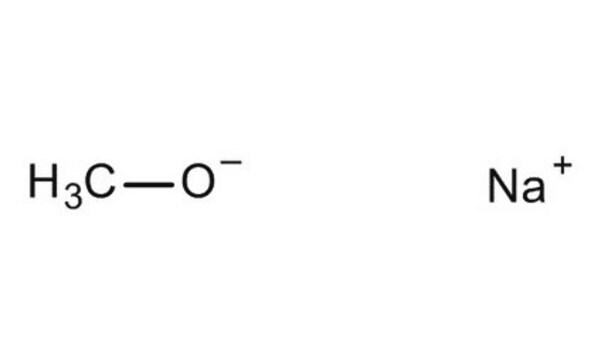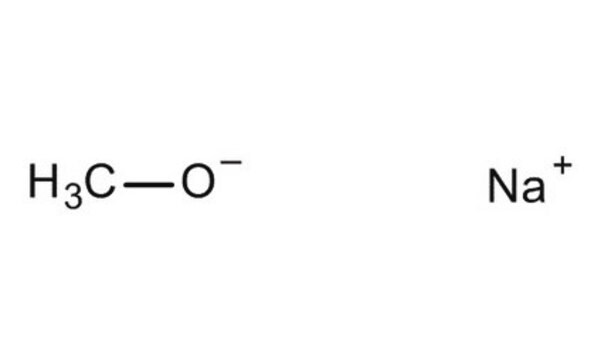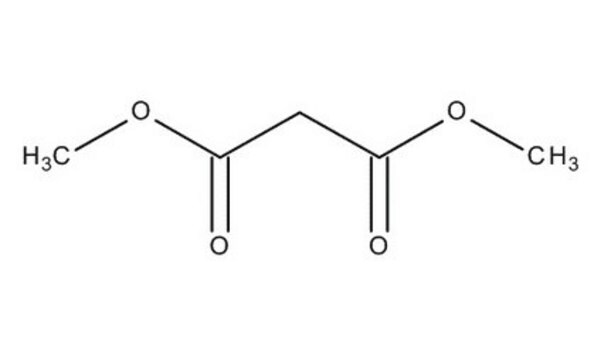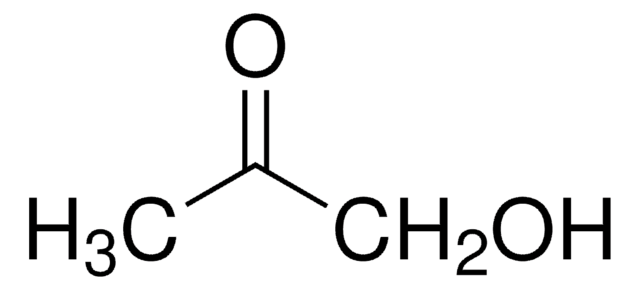156256
Sodium methoxide solution
25 wt. % in methanol
Sinonimo/i:
Sodium methylate
About This Item
Prodotti consigliati
Densità del vapore
1.1 (vs air)
Livello qualitativo
Tensione di vapore
50 mmHg ( 20 °C)
96 mmHg ( 25 °C)
Stato
liquid
Temp. autoaccensione
878 °F
Concentrazione
25 wt. % in methanol
Indice di rifrazione
n20/D 1.37
Densità
0.945 g/mL at 25 °C
Stringa SMILE
[Na+].C[O-]
InChI
1S/CH3O.Na/c1-2;/h1H3;/q-1;+1
WQDUMFSSJAZKTM-UHFFFAOYSA-N
Cerchi prodotti simili? Visita Guida al confronto tra prodotti
Categorie correlate
Descrizione generale
Applicazioni
Avvertenze
Danger
Indicazioni di pericolo
Classi di pericolo
Acute Tox. 3 Dermal - Acute Tox. 3 Inhalation - Acute Tox. 3 Oral - Eye Dam. 1 - Flam. Liq. 2 - Met. Corr. 1 - Skin Corr. 1A - STOT SE 1
Organi bersaglio
Eyes,Central nervous system
Rischi supp
Codice della classe di stoccaggio
3 - Flammable liquids
Classe di pericolosità dell'acqua (WGK)
WGK 2
Punto d’infiammabilità (°F)
60.0 °F - closed cup - Solvent
Punto d’infiammabilità (°C)
15.55 °C - closed cup - Solvent
Scegli una delle versioni più recenti:
Possiedi già questo prodotto?
I documenti relativi ai prodotti acquistati recentemente sono disponibili nell’Archivio dei documenti.
I clienti hanno visto anche
Il team dei nostri ricercatori vanta grande esperienza in tutte le aree della ricerca quali Life Science, scienza dei materiali, sintesi chimica, cromatografia, discipline analitiche, ecc..
Contatta l'Assistenza Tecnica.










